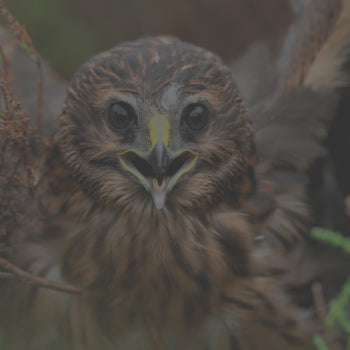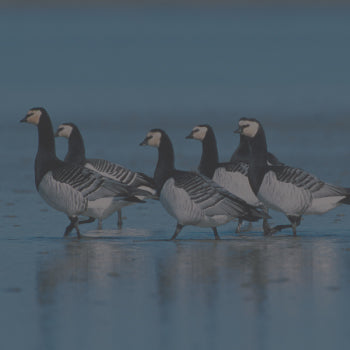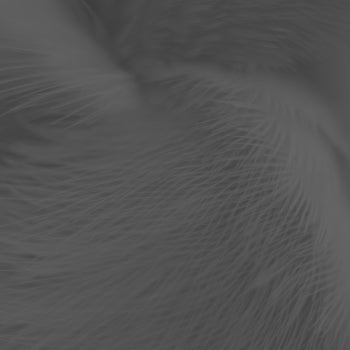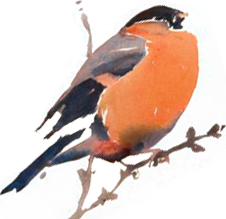The network of recording birds in Scotland (called the Local Recorders’ Network) was established by the SOC in 1968. The Club acts as the umbrella organisation for ornithological recording in Scotland, and in several areas this is in conjunction with the local SOC branch, or a local bird club. For example in Shetland, Argyll and Fife, the Shetland, Argyll and Fife Bird Clubs act as co-ordinators, appoint a Local Recorder and submit a bird report for the recording area. On Fair Isle and the Isle of May, this role is carried out by the bird observatories.
Select a recording area from the images below to find out more about the region you're interested in, including for contact details of the local recorder as well as for information on the region's bird report, where available.
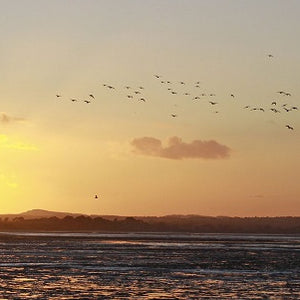
ANGUS & DUNDEE
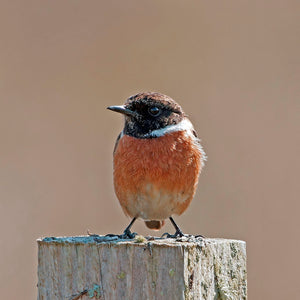
ARGYLL
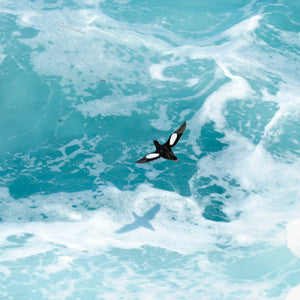
AT SEA
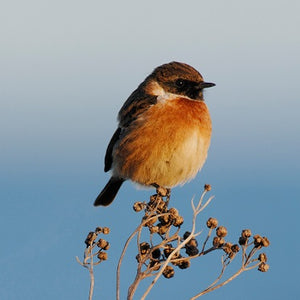
AYRSHIRE

BORDERS
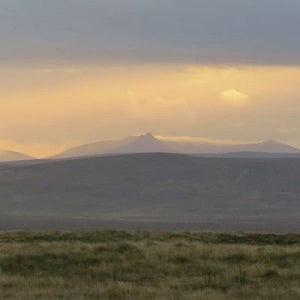
CAITHNESS
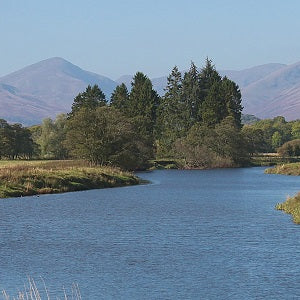
CLYDE
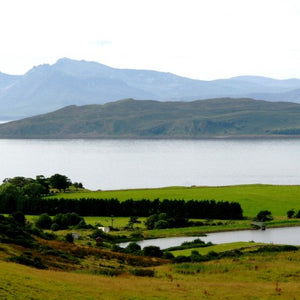
CLYDE ISLANDS
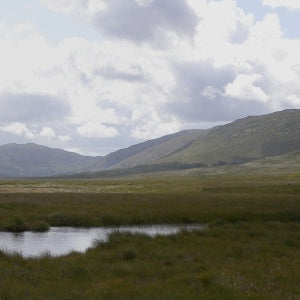
DUMFRIES AND GALLOWAY
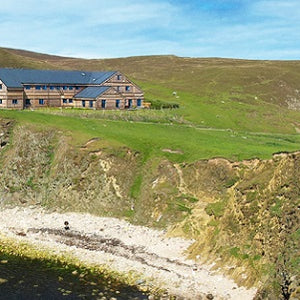
FAIR ISLE
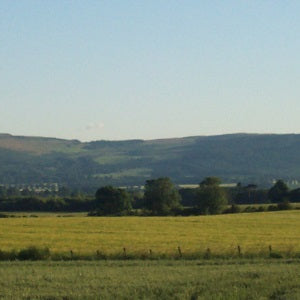
FIFE
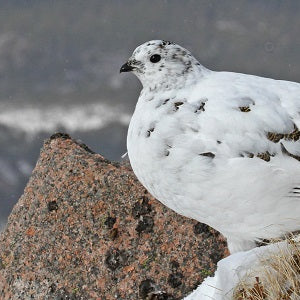
HIGHLAND
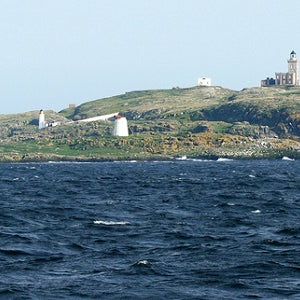
ISLE OF MAY
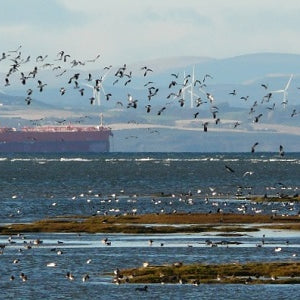
LOTHIAN
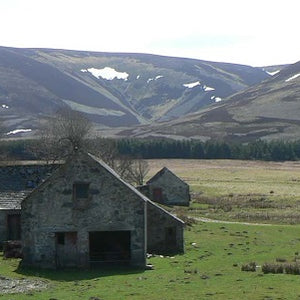
MORAY AND NAIRN
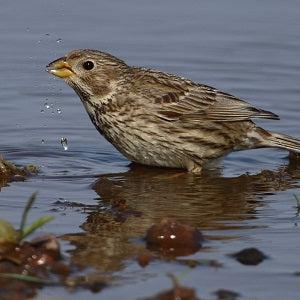
NORTH-EAST SCOTLAND
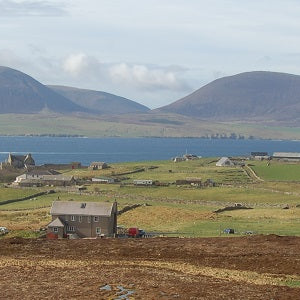
ORKNEY
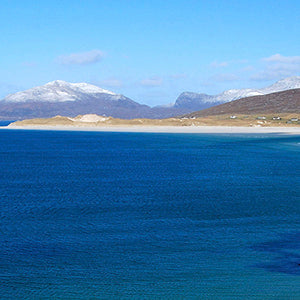
OUTER HEBRIDES
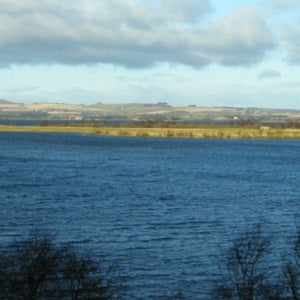
PERTH & KINROSS
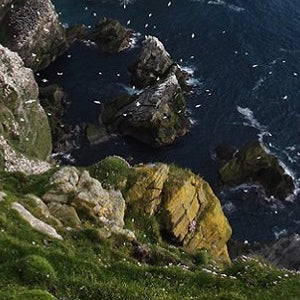
SHETLAND
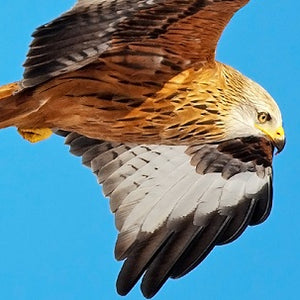
UPPER FORTH
More about the Recorders' Network...
The Local Recorders’ database is an extremely valuable archive of local bird information and has numerous uses. Primarily, the database is the main source of information for producing the local bird report, a detailed record of the area’s birdlife – critical for future conservation. It is also used to answer queries relating to individual species or localities, concerning planning applications, conservation issues, or the analysis of population trends.
The SOC is committed to sharing biodiversity data
We share biodiversity data to aid conservation by making the bird records available on the National Biodiversity Network Gateway (NBN Gateway). The NBN Gateway enables conservationists, planners, and developers to find out what biodiversity interests are present in a given area, and it is one of the first points of reference in informed conservation planning.
BirdTrack
Through the BirdTrack partnership, you can now view and analyse your own bird records online. The local and national results are on the website for everyone to look at, and with your permission, all of your birdwatching records will automatically be forwarded to the relevant local recorder, which greatly increases the efficiency of entering, exchanging and using the records. Previously difficult areas such as giving grid references for record locations can now be done at the click of a button.
Site Finder
Use the SOC site finder to view the Scottish recording areas, accurately plotted over a map or satellite image (or both – you choose). View whole recording areas, or zoom in to see the exact position of a recording area boundary.
Other features include a search facility for place names and post codes, together with the ability to centre the map at a specified grid reference, or to read the coordinates of the current location.
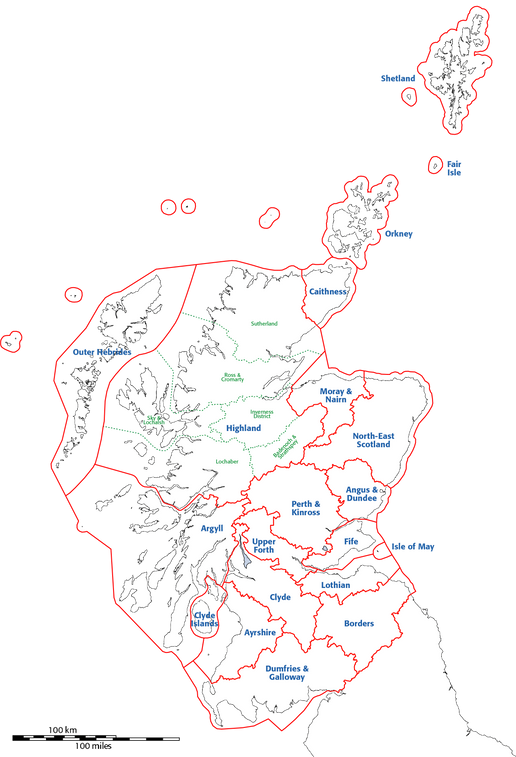
The Local Recorders’ Network – some FAQs
The Local Recorder (or SOC or county bird recorder, or simply ‘bird recorder’) is typically a volunteer who is responsible for collating all of the individual records of birds that birdwatchers submit to her/him for their recording area.
The Local Recorder enters the records into some form of database, answers queries and acts as the point-of-contact between observers, biological records centres, and the various rarities committees.
In some cases the recorder, along with a team of report editors, is also responsible for the production of a local annual bird report.
As mentioned above, the Local Recorder’s database is a vital source of impartial information about our wild birds.
The Club takes great care to ensure that the information you provide on rare or sensitive species is managed securely, and special procedures are in place to ensure that this information is only made available to those with a genuine need.
Local surveys are often organised by the Local Recorder or local SOC Branch, and hopefully the results will be deposited with the Recorder. However, the only feedback from national surveys is likely to be in the final published summary, unless there is a local arrangement with the organizer (e.g. the BTO Regional Rep or local WeBS organiser . You may decide therefore to send a copy of your own results of such surveys to the Local Recorder for the Scottish archive.
In the past there was potential for records of rare breeding birds to be lost as the records were often retained by the individual observers. Since its establishment in 1973 the Rare Breeding Birds Panel (RBBP) has became the recognised repository for all such records. The records are kept in confidence, but can be accessed by the sponsoring organisations for official use. Similarly, records of the less common raptors are now kept centrally in the archives of the local Raptor Study Groups.
The important issue is that these records are held somewhere and that they keep their necessary confidentiality. Records can be submitted direct to the body concerned, or channelled via the Local Recorder, if preferred. It should be noted that in the cases mentioned above, only summary data is normally fed back to the Local Recorder.
The preferred route for submitting descriptions of rarities is to send them to the Local Recorder who will then forward them to the relevant Records Committee. Subsequent decisions are then returned along the same route.
For most of us, the sight of an unusual or rare species is the spice of birdwatching, and there is nothing more exciting than discovering a rarity oneself. But in order to give an accurate account of the year’s sightings in Local Bird Reports, all records of unusual species should be supported by written details of circumstances and observations sufficient to prove identification. All records published must stand the scrutiny not only of readers today, but also of those who may refer to these reports in the future. With these aims, Scotland now has a three-tier system of adjudication on records – the British Birds Rarities Committee (BBRC) being responsible for British rarities, the Scottish Birds Records Committee (SBRC) for Scottish rare birds and local committees for lesser rarities and local rarities. Details of the species that each local records committee considers are listed under the Local Recorder/Bird Report page for each region.A suggested format for a rarities submission is also given.
BirdTrack records are automatically formatted for you, and are forwarded to the Local Recorder in a standard format.
If submitting directly to the recorder, check the recorders page or a copy of the local bird report for advice. You may like to consider using the Excel spreadsheet method developed for Borders, but equally applicable to other areas (with some modification). Click here for more information.
In order that the annual analysis of records can take place promptly, all records should be submitted by the end of January of the following year. Some Recorders also welcome periodic submission of records during the year in order to spread the load of data entry, but if you use BirdTrack, you can submit records any time you like.
Local Recorders are interested in receiving many categories of bird sightings within their areas. For example:
- data on breeding birds, such as territory counts, Common Bird Census data, counts of seabird colonies and indications of breeding success
- regular counts throughout the year from your local patch, eg monthly peak wildfowl and wader counts
- early and late summer and winter migrants
- counts of seabird passage (preferably over timed periods and including commoner species)
- all records relating to influxes (e.g. Waxwing, Crossbill, Quail, Little Auk etc)
- all records of uncommon birds and rarities
In addition to the basic data, it is often of great interest to include general comments relating to some of the records (e.g. that is was a record count, the best/poor year for a particular species).
Bear in mind that over the years, the records that have proved most useful are those that allow comparison between years, that document the importance of local bird populations and that can potentially be used to reveal population changes.
Please send records to the Local Recorder even if they have previously been phoned into Birdline Scotland.
The Local Recorders welcome records from all birdwatchers – amateur or professional, beginner or experienced, local or visitor. Don’t be put off; all records are potentially valuable. Uploading your bird records on BirdTrack will automatically send them to the Local Recorder, with your permission.
The Recording Areas have evolved over the years, but since 1968 they have been based on administrative boundaries that ideally should be plotted on current maps. The old counties formed the basis of the Recording Areas until 1985, when the SOC adopted the revised Region and District boundaries, but many of these have evolved further. Although these boundaries have not always remained unchanged, for consistency, they have been retained as the key to the current Recording Area boundaries.
The Local Recorders’ Network was established by the SOC in 1968 to support the newly published Scottish Bird Report (an annual review of all 22 recording areas in the country).Before that, significant Scottish records were collated nationally and published in the Scottish Naturalist (1871-1957) and then Scottish Birds (1958-1967). Scotland’s bird observatories also have a long history of bird recording, and local bird clubs published records, but such clubs were scarce.
Before 1968, the records were located according to Scotland’s ‘faunal regions’ (essentially drainage basins) rather than the Vice-County system that was (and still is) used to map the distribution of other animals, invertebrates and plants.



